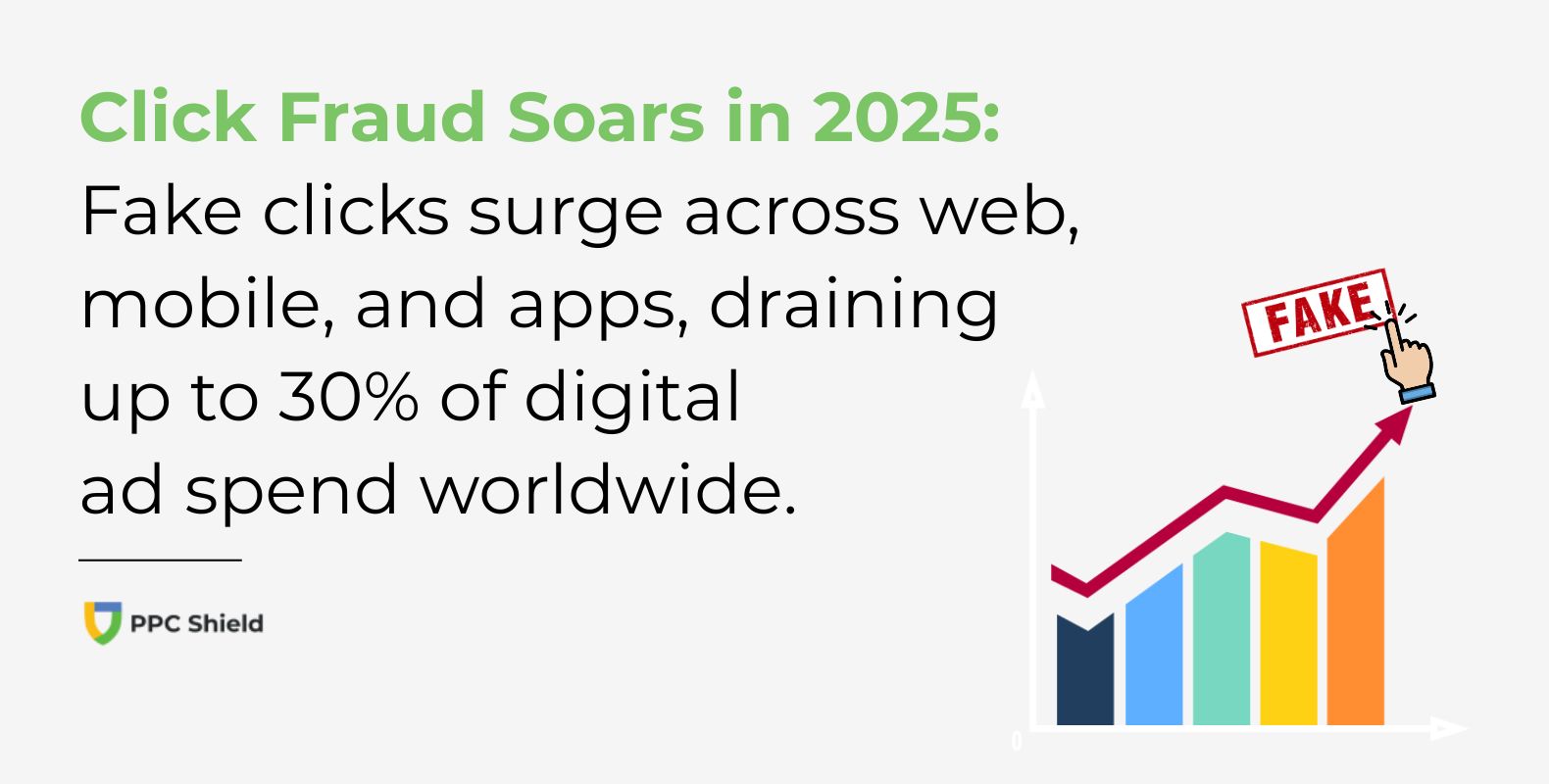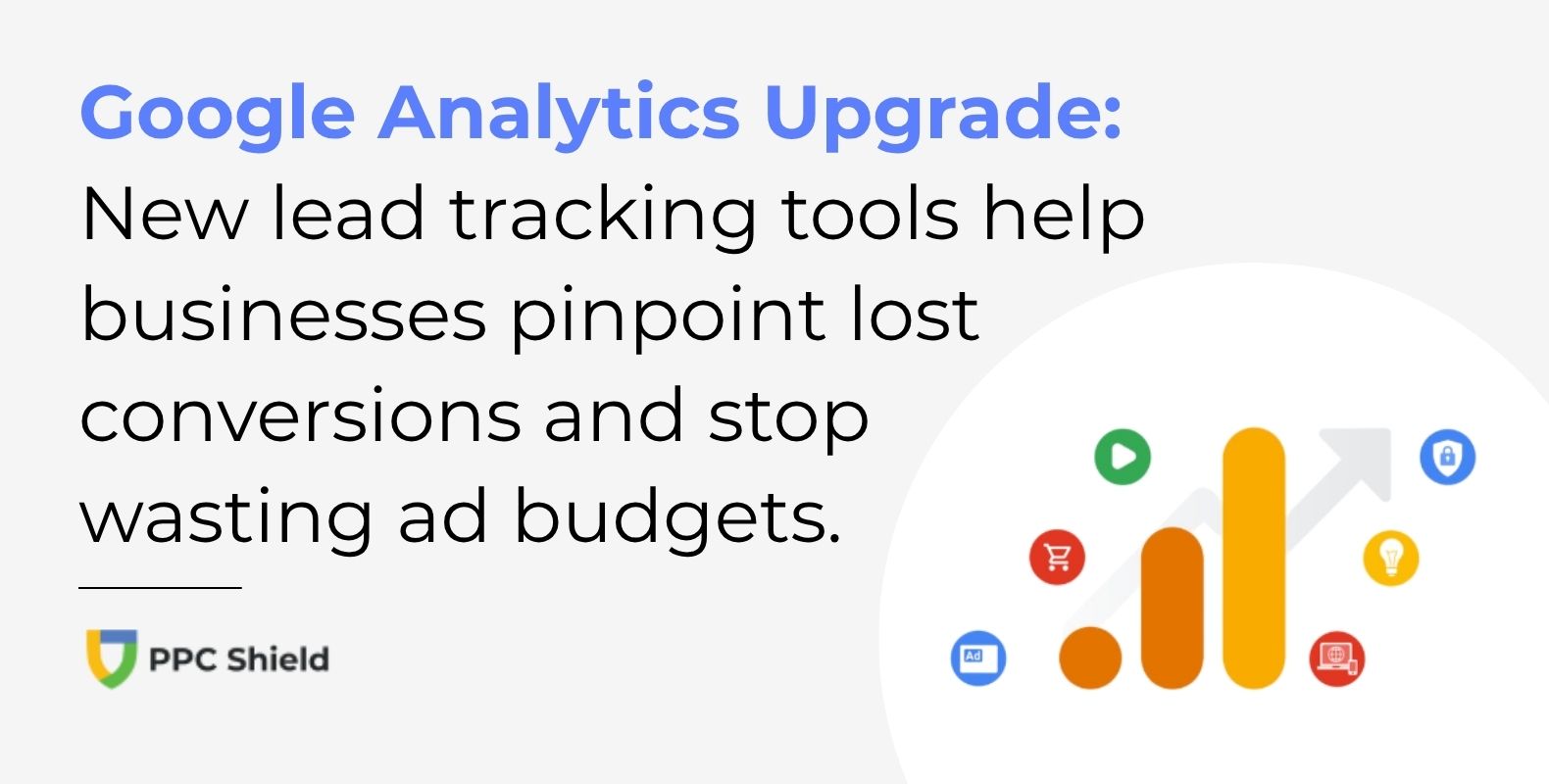Study Reveals Click Fraud Detection Saves Businesses Up to 32% on PPC Campaign Costs

Major Cost Savings Through Fraud Detection
Click fraud detection implementations save businesses an average of 32% on their PPC campaign costs

Search advertising remains the most targeted format for click fraud with 23% of clicks identified as invalid
Retail sector faces the highest rates of fraudulent PPC activity, with 37% of campaigns affected by click fraud
Mobile fraud is growing fastest, with a 27% increase in suspicious smartphone clicks over the past year
AI-powered detection tools identify 41% more invalid clicks than traditional methods
A new study has revealed that implementing proper click fraud detection is the most effective method for optimizing PPC campaigns across different sectors.
The research, conducted by PPC Shield, analyzed data from over 7,500 PPC campaigns across multiple industries to identify the most effective optimization methods and biggest sources of wasted ad spend.
According to the findings, click fraud detection is the most influential factor in PPC campaign performance, with businesses saving an average of 32% on their ad spend after implementing proper fraud prevention measures.
Search advertising was found to be the most vulnerable format for click fraud, with 23% of all clicks identified as invalid or fraudulent. This is particularly concerning as search advertising accounts for the largest share of digital advertising revenue according to recent market research.
Jacques Zarka, Senior Analyst at PPC Shield, said: “Many businesses are losing significant portions of their advertising budgets to invalid clicks without even realizing it. Our data shows that for every $10,000 spent on PPC advertising, up to $3,200 may be wasted on fraudulent activity.”
The analysis identified the retail sector as the most affected by click fraud, with 37% of campaigns experiencing abnormally high rates of invalid clicks. This coincides with retail accounting for the largest revenue share in the digital advertising market, making it a prime target for fraudulent activity.
“The retail sector’s heavy reliance on digital advertising makes it particularly vulnerable to click fraud,” added Zarka. “With higher competition for keywords and greater ad spend, retail businesses are seeing more of their budget going to waste through invalid clicks.”
Mobile fraud is showing the fastest growth, with a 27% increase in suspicious clicks on smartphone devices over the past year. This aligns with broader market trends, as smartphone advertising now represents over 46% of the digital advertising market.
AI-powered detection tools have proven significantly more effective than traditional methods, identifying 41% more invalid clicks and potentially saving businesses thousands in wasted ad spend.
The study also revealed the top 5 most effective methods for optimizing PPC campaigns:
On the other end of the spectrum, the research identified the least effective optimization approaches that showed minimal impact on campaign performance:
Digital Advertising Poised for Rapid Expansion
The digital advertising market continues to show strong growth, with research from Grand View Research projecting the market to reach $1,164.25 million by 2030, growing at a CAGR of 15.4% from 2025 to 2030.
“As digital advertising spend increases, so does the incentive for click fraud,” said Zarka. “Businesses should implement proactive detection measures rather than relying on reactive optimization techniques that don’t address the root cause of wasted ad spend.”
The analysis showed that multi-sector campaigns present unique challenges, with businesses running PPC ads across different industries experiencing 19% higher rates of suspicious activity compared to single-sector campaigns.
“Running PPC campaigns across different sectors requires specialized monitoring,” Zarka explained. “Each industry has its own patterns of normal and abnormal click behavior, making it essential to have customized fraud detection parameters for each sector.”
Digital Advertising Poised for Rapid Expansion
The least affected sectors for click fraud include government services (7%), non-profit organizations (9%), and educational institutions (12%), likely due to lower competition and cost-per-click rates in these sectors.
“While these sectors see less fraudulent activity, they still benefit significantly from proper fraud detection and prevention,” Zarka noted. “Even a small percentage of invalid clicks can impact limited budgets.”
The study found that geographic targeting plays a significant role in fraud rates, with campaigns targeting major metropolitan areas experiencing 31% higher invalid click rates compared to rural targeting.







